Into the Bizarre’d:
In Conversation with Artist Benoit Izard

Benoit Izard (performance duration: 2 hours): "Scotch Crossing Cities" Brussels, 2012.
Image: Courtesy of Benoit Izard
Introduction Benoit Izard:
"Art for me is a door to something deeper, a way to create resonance and connection,"
– Izard shares.
Few artists navigate disciplines with the fluidity of Benoit Izard. With academic achievements spanning architecture, dance, and fine arts, his work defies categorization, offering immersive experiences that challenge perceptions of space and form. After earning his architecture degree from the School of Architecture of Lyon, in France Izard deepened his creative pursuits at the School for New Dance Development (SNDO) in Amsterdam, – is part of the Academy of Theatre and Dance (ATD) at the Amsterdam University of the Arts (AHK) – editor's note. studying dance and choreography and he’s bachelor in performing arts. This multidisciplinary foundation became the springboard for a rich artistic practice that bridges the physical and the emotional.
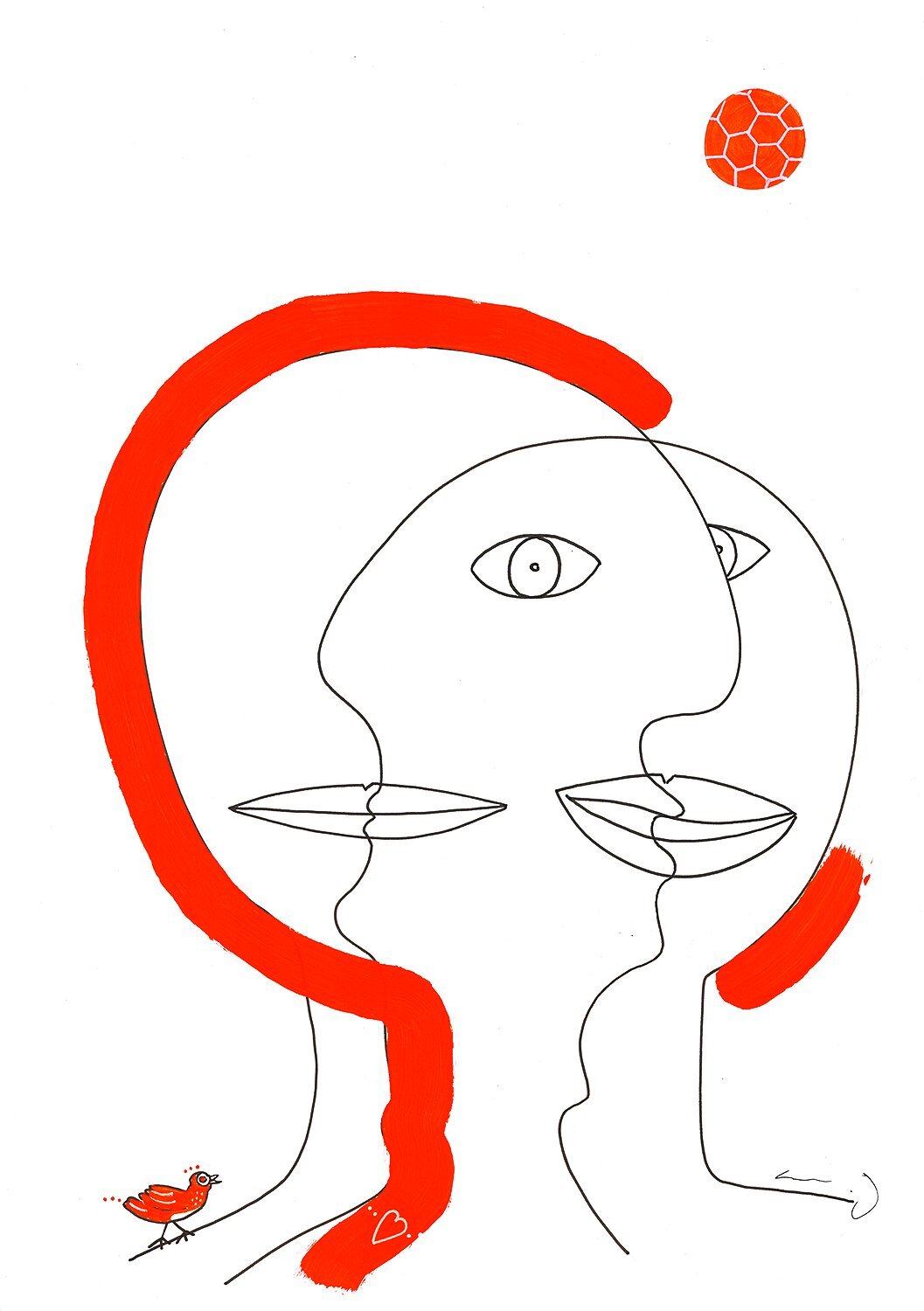
Benoit Izard

School of Architecture of Lyon

School for New Dance Development
His portfolio spans performances, large-scale installations, photography, collages, textiles, drawings, and sculptures. Yet, as diverse as his mediums are, a common thread runs through all his creations: an invitation to reflect, connect, and explore the self.
In this conversation, Izard shares his journey, revealing how his background and outlook inspire his art. Together, we delve into the heart of his practice to uncover how he continues to enrich not only the spaces he inhabits but the lives he touches.
The following interview has been condensed and edited for clarity.
Can you tell us about your early inspirations? When did you first realize, you were drawn to creating?
I may not have labeled myself a creative back then, but it’s always been a part of me. As a kid, I’d spend hours building with Legos, making toys, [and] observing my father work with wood. Around the age of ten, I began constructing small houses and things out of paper and set up a large train model where I created entire worlds, with houses, and mountains. I believe I started painting around twelve. There was a gallery in my town I loved visiting, one day I bought some canvas, and the rest was history as they say.

Benoit Izard: "Art & Real Estate, Strategy of Value" at Paris Executive Business School; Performance part of two programs for the Contemporary Art Institution, Centre Pompidou
Image: Courtesy of Benoit Izard
Did you start your artistic career after studying dance and architecture?
Benoit Izard:
Yes, after my studies in dance and architecture. Moving to Miami—or earlier, in Paris—I decided to make art my focus, something I’d support myself with. That was about fifteen years ago, around 2010.
Fillin Magazine:
Could you tell us more about your background in architecture and how it has influenced your work?
Benoit Izard:
My degree focused on the relationship between spatial design and body movement. More specifically, my research involved developing design models that integrated these elements. I’ve always been fascinated by space and how it influences our experiences. However, the everyday work of an architect often involves heavy, practical concerns—legal matters, materials—though I still incorporated artistic elements. So yeah that’s why it went away. But already as an architect, I was implementing lots of artistic things inside my design.
Fillin Magazine:
What is a favorite architectural project you’ve worked on?
Benoit Izard:
A 19th-century restoration comes to mind, where the goal was to return the space to its original floor plan—a design that circulated and breathed in a remarkably modern way. It was an immersive process, restoring the ornate detailing—the wood floors, the moldings—every element that defined the era’s artistic expression. The original floor plan I uncovered revealed an incredible sense of circulation and openness, almost as if the space anticipated contemporary design. I loved working with the interconnected rooms, much like those in a palace, where each room opens into the next, creating a sense of endless expansion—like a fractal continuously unfolding.

Architecture Projects by Benoit Izard
Image: Courtesy of Benoit Izard
Could you describe your approach to creating art and what qualities or elements you seek in other artworks?
Benoit Izard:
Honestly speaking, I don’t have a set approach. I don’t start with a clear direction; I discover patterns in my work afterward. It’s a process of exploration. There are plenty of skilled artists who focus on aesthetics, but that’s not what I aim for. Art for me is a way for people to connect with something within themselves. It’s a door to something deeper, a way to create resonance and connection.
When I look at my art projects, they are very different in shape, medium, size, and the context in which they take place. Yet I apply the same eye to each project. It’s all about love. It’s about creating a higher vibration for the people who encounter it, to create a new memory in the person’s body.

Backstage "Scotch Crossing Cities" Wynwood, Miami, 2013, (performance duration: 2 hours) by Benoit Izard
Image: Courtesy of Benoit Izard
If you could sum up the chief enemy of creativity, in one word or phrase, what would it be?
Benoit Izard:
Identity.
Once you identify yourself, you frame your freedom, and there’s no unknown. True creativity lies in the unknown. Like a skilled ballerina who, though repeating the same choreography, makes each performance unique. That’s what real artists do—they continually improvise and reimagine.
Benoit Izard: “Trophy & Fetish" Solid Bronze Sculptures. Created in Burkina Faso, Africa
Image: Courtesy of Benoit Izard
Expound on that.
Benoit Izard:
The same can be said for messages in creation. An artist who defends the idea of a message—I find it hard to trust them. I question their honesty with themselves. What I mean is that the work itself, the physicality of the work, often says something entirely different from what the artist might express in words or what they were searching for. This is especially true in the performing arts. When you see a choreography, you receive the energy of the dancer, you connect with them; the message behind the choreography is extremely secondary and often just “blah, blah.”
So, to come back to my work, it’s not about a message; it’s about experience. I place people in an experience of freedom and joy. Freedom is probably the most political message there is. Obviously, governments don’t want us to be free, whatever they may say, the system likes to control us. To view someone as a whole without labelling their gender, color, or social background— to see them as a person : for me, that’s a statement. It’s about giving them the experience of themselves as a valuable person, in their integrity. That’s what my work does.
Fillin Magazine:
Growing up in France, did your environment and family influence your artistic approach?
Benoit Izard:
Yes, of course. My parents weren’t artists per se, but they enjoyed wood sculpture as a hobby. I found their work beautiful (I don’t say this just because I’m their son). So yes, that influenced me. My great-grandfather was a molder in Paris. I never knew him; he was the father of my grandfather. He worked with a famous sculptor who, at the time, created original pieces in the early 20th century. As a molder, my great-grandfather replicated that work.
For instance, I have a sculpture at home that you can also find at the Louvre, though I believe mine is more beautiful. The original sculptor and my great-grandfather were friends—we even have letters that confirm this. It’s probably the case that the sculptor said, “Oh, we can just make one for you if you want." So, they did just that. The patina is exquisite—much better than the one at the Louvre. However, since it was made for personal use, he didn’t sign it, so it has no commercial value now.
So, that was a significant influence.

Louvre
Photography series by Benoit Izard
Image: Courtesy of Benoit Izard
Who are some of your inspirations?
Benoit Izard:
James Turrell for light and space, Marina Abramovich for her work on presence, Christo, Spencer Tunick, and Jérôme Bel. Abramovich’s presence work inspires me, even if I don’t necessarily agree with all her choices now.

Marina Abramovich
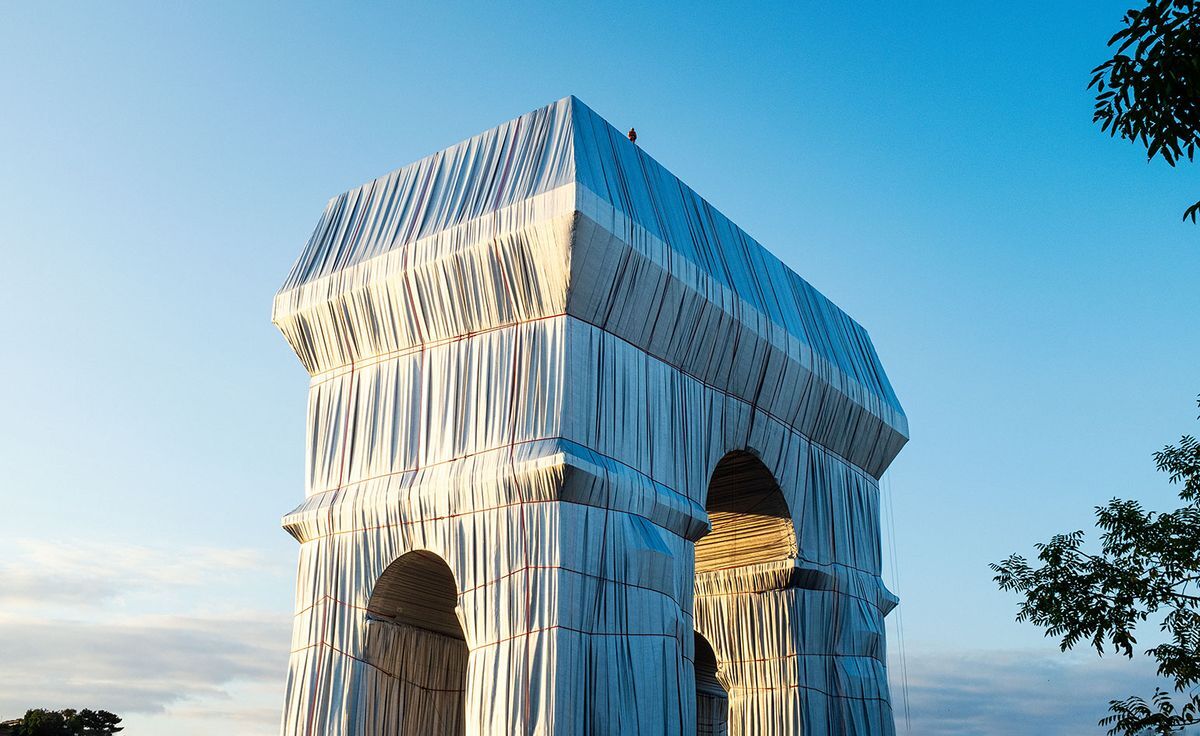
Christo
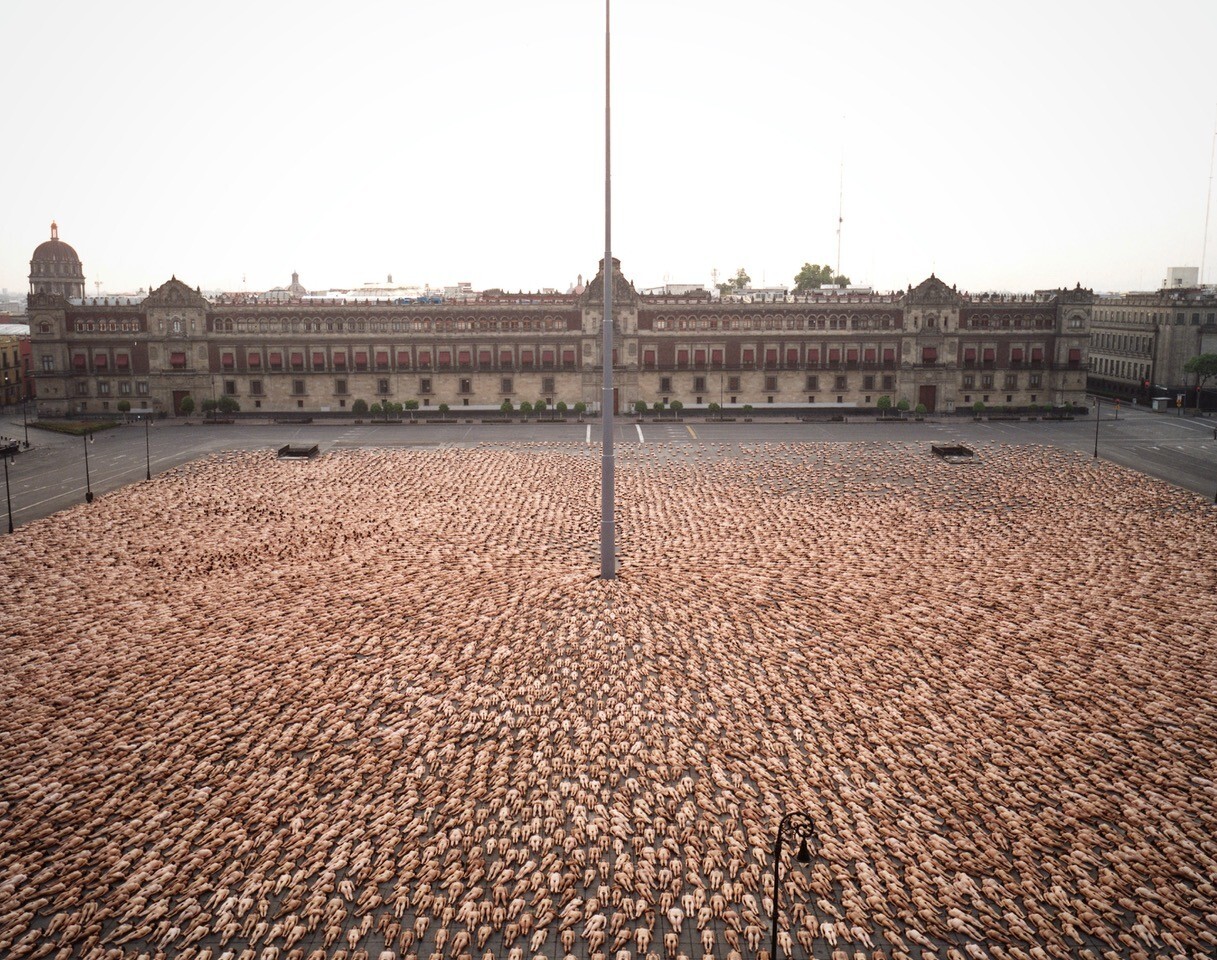
Spencer Tunick
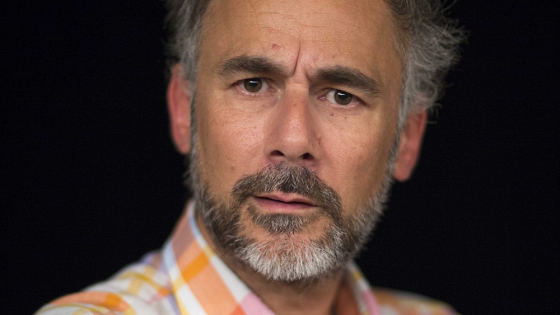
Jérôme Bel
Could you elaborate on how Abramovich has influenced your artistic practice?
Benoit Izard:
Abramovich’s work is about transcending identity to reach a pure presence. Her piece at MoMA, where she sat motionless every day for a month as visitors came to sit with her—that’s powerful. It’s about surrendering to the moment. My tape works explore similar themes, encouraging viewers to connect with something within themselves.
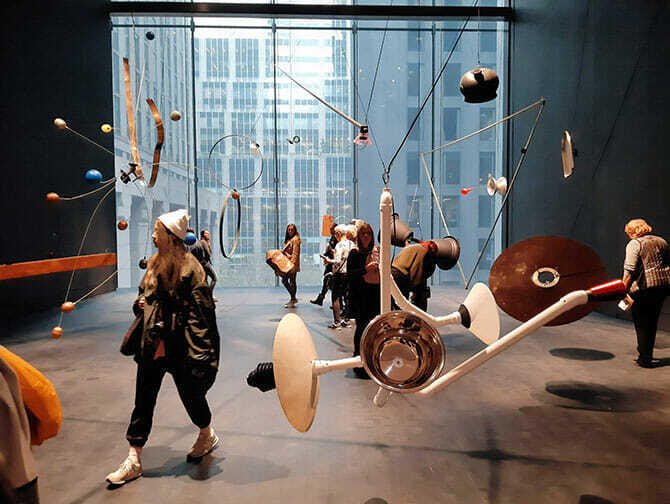
MoMA
What inspired you to work with silk and other reclaimed fabrics?
Benoit Izard:
My silk work is a study of material. Growing up near Lyon, a city celebrated for its silk, I was inspired to purchase the last bolts of fabric from a closed factory. From there, I began experimenting—layering, cutting, and even burning the silk to create landscapes that shift and evolve with the light. The effect is sensual, reminiscent of a jellyfish. A collector once drew a comparison to Lucio Fontana’s work, which I found intriguing. It’s all about following the material and discovering the path it reveals.
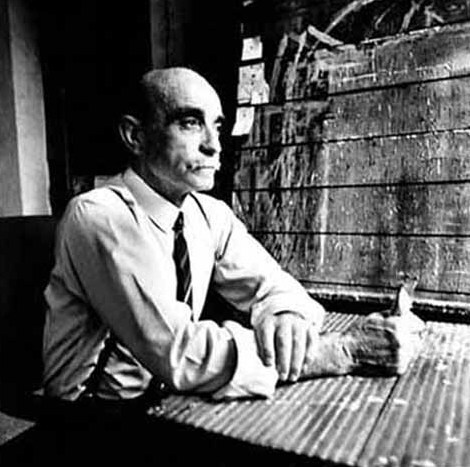
Lucio Fontana

Silk Series of artworks by Benoit Izard
Image: Courtesy of Benoit Izard

Image: Courtesy of Benoit Izard
Your tape series features distinctive applications and masking techniques. Can you speak to its significance?
Benoit Izard:
The tape work explores layering. In architecture, you have a structure, moldings on top, and then painting. In urban graffiti, you have a wall with layers of paint and letters that create complexity. Tape in my work does something similar—it masks, layers, and alters the surface.
Fillin Magazine:
What about the full-body tape series?
Benoit Izard:
It represents the act itself. For the performers, it’s transformative—they lose a sense of where they end, and the audience begins. The tape erases their identity, acting as a mirror for viewers. The audience can’t grasp the entire image, which creates fascination. This work evolved from an exercise I conducted with students at the National Circus School in France. Initially, they wrapped each other, erasing themselves, which became the starting point for a new series.

National Circus School

Benoit Izard: "Scotch Crossing Cities" U street - Capitol, Washington D.C., Memorial Day 2013, (performance duration: 3 hours)
Image: Courtesy of Benoit Izard

Benoit Izard: "Scotch Crossing Cities" Chelsea - Central Park, New York, 2011, (performance duration: 6 hours)
Image: Courtesy of Benoit Izard
Photography from performance series "Scotch Crossing Cities" by Benoit Izard
Image: Courtesy of Benoit Izard
What’s your view on the current state of the art world?
Benoit Izard:
Regarding artwork, there has been a shift over the past few years; one that has intensified recently. People are no longer simply going to see art—they are attending events, engaging in social encounters, and coming with very high expectations. Miami has understood this dynamic very well.
Take Perez Art Museum as an example. These spaces are as much about protecting and showcasing artwork as they are about serving as a gathering place—a kind of modern village where people meet. This works beautifully because people come together around stunning artworks, enriching their conversations and deepening their connections through what the artists have created. This interaction builds culture and fosters society.
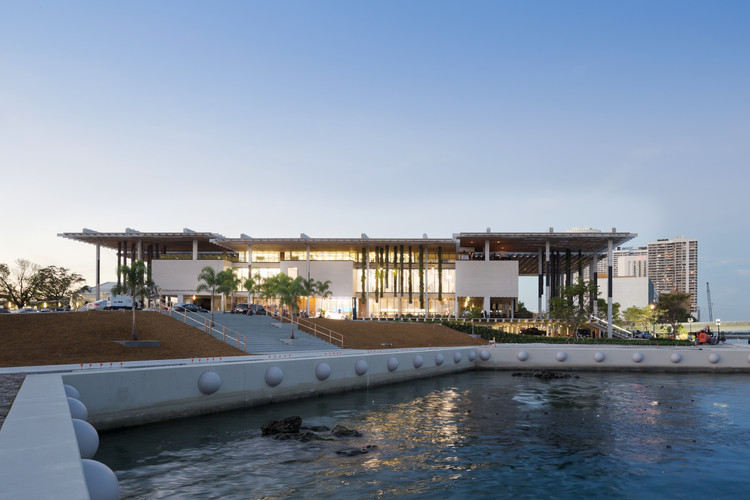
Perez Art Museum
On the other hand, if we look at Paris during Art Week, particularly Art Basel Paris, we see an interesting contrast. The Art Basel Fair, held in the stunning Grand Palais—a historical glass house—was tremendously successful. Meanwhile, other fairs were relatively quiet. It’s clear that people aren’t just seeking art; they’re seeking a complete experience. They want the “full package”: a beautiful venue, beautiful people, engaging interactions, and a sense of occasion.

Grand Palais
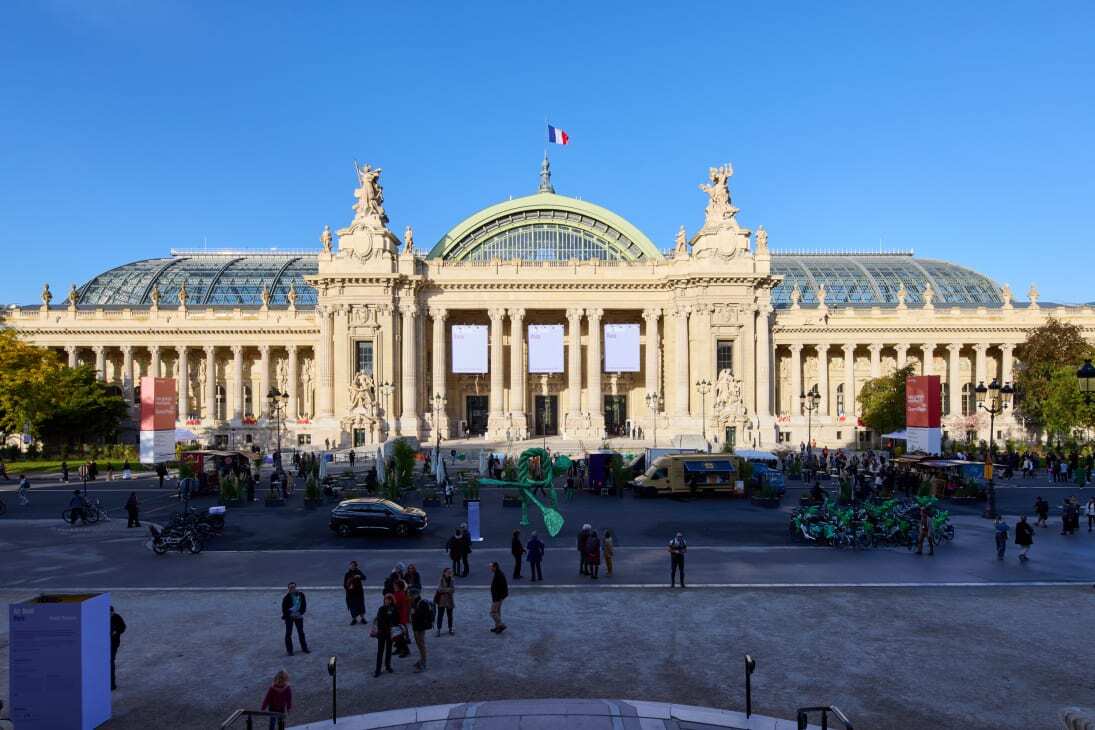
Art Basel Paris
It’s not merely about price—after all, what defines the value of an artwork? People are paying for an immersive situation. However, this trend raises questions: where are we heading? If the value of art is only evaluated within a context—such as being displayed in a big gallery, at a prestigious art fair, or tied to a big-name artist—then we’re trapped in a self-perpetuating system.
Benoit Izard: "Scotch Crossing Cities" Tuileries Louvre Garden, 2012 (performance duration: 1 hour)
Image: Courtesy of Benoit Izard
How does your work bridge that divide between art, human connection, and the broader cultural and social context?
Benoit Izard:
Regarding my work, I could say that my art creates an event—an event with oneself and others. You don’t need to think, analyze, or estimate its value. The work takes you in; it transforms your perception and your body. For example, when you experience the Love Installation, your body and perception change. This is true for all my work: when you’re placed in the middle of it, you live an experience—a moment of freedom, joy, and connection with yourself and others.

Benoit Izard: Nuit Blanche (Art Night) "Love" Installation, 2011, Miami Beach.
Image: Courtesy of Benoit Izard
The Miami of today is not the Miami of 20 years ago. Art has been implemented as part of its DNA of development, and it works. For me, this represents a significant shift in the art world: people merely use art as a pretext for social encounters and connection. However, this doesn’t mean art should lose its depth or become trivial. It can be intelligent and subtle, capable of profound analysis, but it must transform you.
My approach is holistic and transversal. I come from backgrounds in dance and architecture—I hold degrees in contemporary dance and choreography as well as architecture. I’ve lived in vastly different environments, from the French countryside to Paris to Miami, and I’ve traveled extensively to places like Africa and India. These experiences, spanning various cultures and social contexts—from galas in Miami to interactions with disadvantaged communities in Africa—have shaped my perspective. I approach everything without judgment and absorb it all.
As an artist and creator, I also engage in business as an investor in real estate, cryptocurrency, and startups, while pursuing genuine spiritual work with respected spiritual masters. This combination has defined my transversal approach and my ability to read humanity holistically. We need to connect the dots. The world has become fragmented, dividing everything into separate boxes. Even the notion of inclusivity in politics often begets more labels and divisions. For instance, instead of simply being human, we are categorized endlessly: LGBTQ+, LGBTQIA++, and so on. This limits us rather than helping us.

Collage on Photography series by Benoit Izard
Image: Courtesy of Benoit Izard

Collage on Photography series by Benoit Izard
Image: Courtesy of Benoit Izard
In short, the planet cannot thrive on opposition. I truly believe art must be integrated as part of our DNA—to generate value, to create; and to act as a resource for creativity that transcends art itself.
Fillin Magazine:
As an artist constantly exploring new directions, what projects are you currently working on, and how do they reflect your vision for the future?
Benoit Izard:
Right now, I’m exploring several directions. One of my key projects is a collection of porcelain plates that feature my vibration drawings as decorative elements. The minimalistic nature of these drawings makes them ideal for this medium—serving as both elegant decoration and something deeper, enhancing the dining experience by bringing energy and meaning to the table.
I’m also developing a series of photographic portraits where I layer ink directly onto the photo paper. Traditional paint doesn’t work on this surface, but the ink allows me to infuse the image with new energy, creating a richer, multidimensional portrayal of the person. The goal is to go beyond the limitations of photography, adding an energetic layer that resonates with the subject on a deeper level.

"Vibration", series of ink drawings by Benoit Izard
Image: Courtesy of Benoit Izard
Collaboration is becoming increasingly important to me as well. Working alone can be exhausting, whereas art thrives in connection and exchange. Whether it’s working with other artists, galleries, or commissioners, I’m drawn to projects where collaboration brings new perspectives and vitality to the work. For example, I still enjoy creating site-specific installations, like The LOVE I did for the 1 Hotel & Homes South Beach, Miami, Florida during Art Basel Miami Beach 2015 and would love to take on more large-scale projects.

1 Hotel & Homes South Beach
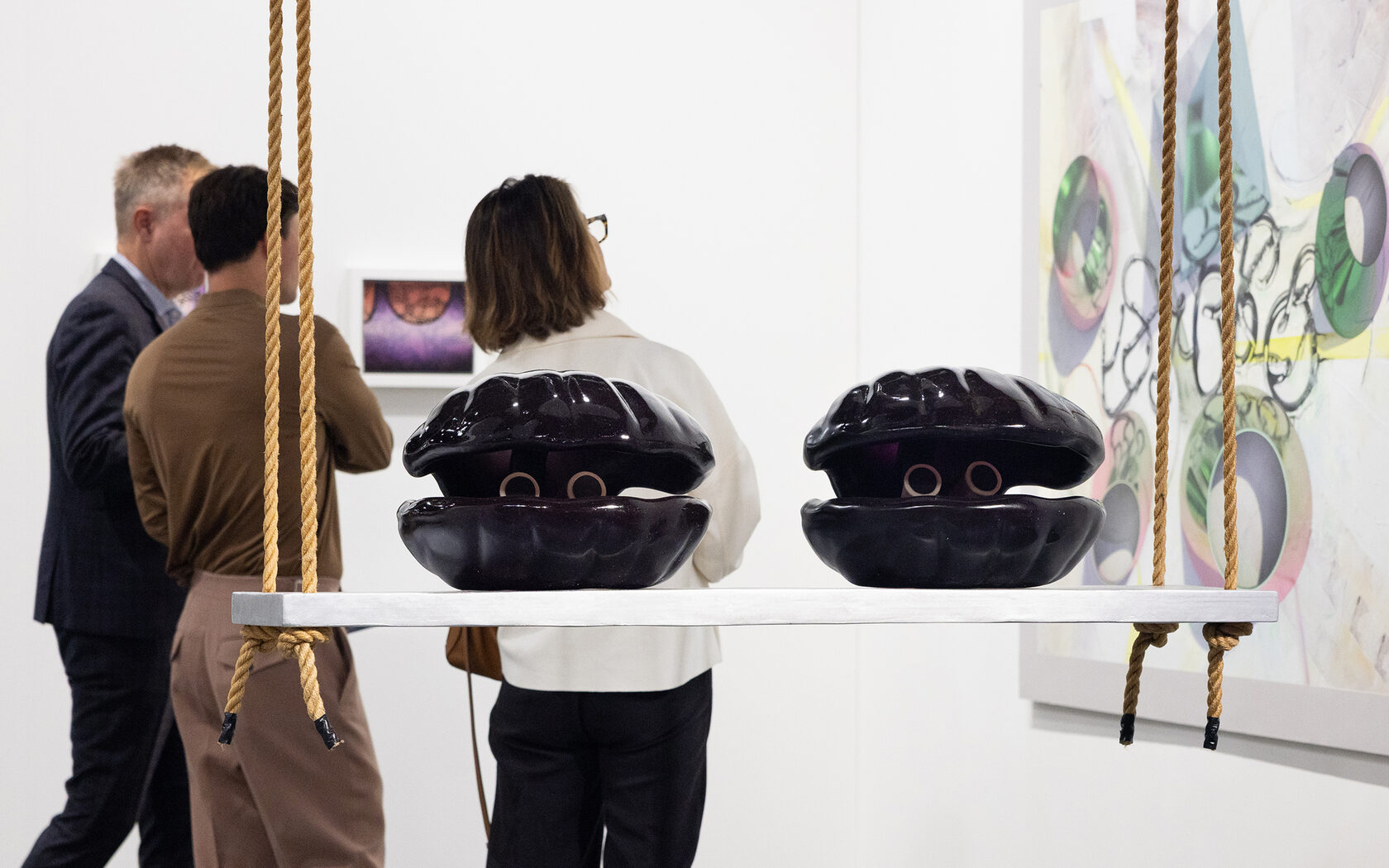
Art Basel Miami Beach

"Love", installation for 1 Hotel & Homes, during Art Basel Miami Beach 2015, by Benoit Izard
Image: Courtesy of Benoit Izard
Fillin Magazine:
If you could leave readers with one thought about the role of art in society, what would it be?
Benoit Izard:
What it should be?— Love.
Creating makes you feel vibrant. Enjoying an art work awakes the possibility of being a creator.
Art is as much the final object as the act of doing it. Enlarge the definition, whatever you do : make it an act of art; is it a dinner, sex or a painting, let it run in your body and in all those who experience it. The art industry is an aftermath, we want it to succeed and we all want to have a name ; but let art take us to this this child painting just for the pleasure of it, the world might be better.

"Love", installation Bahia, Brazil, 2012, by Benoit Izard
Image: Courtesy of Benoit Izard



